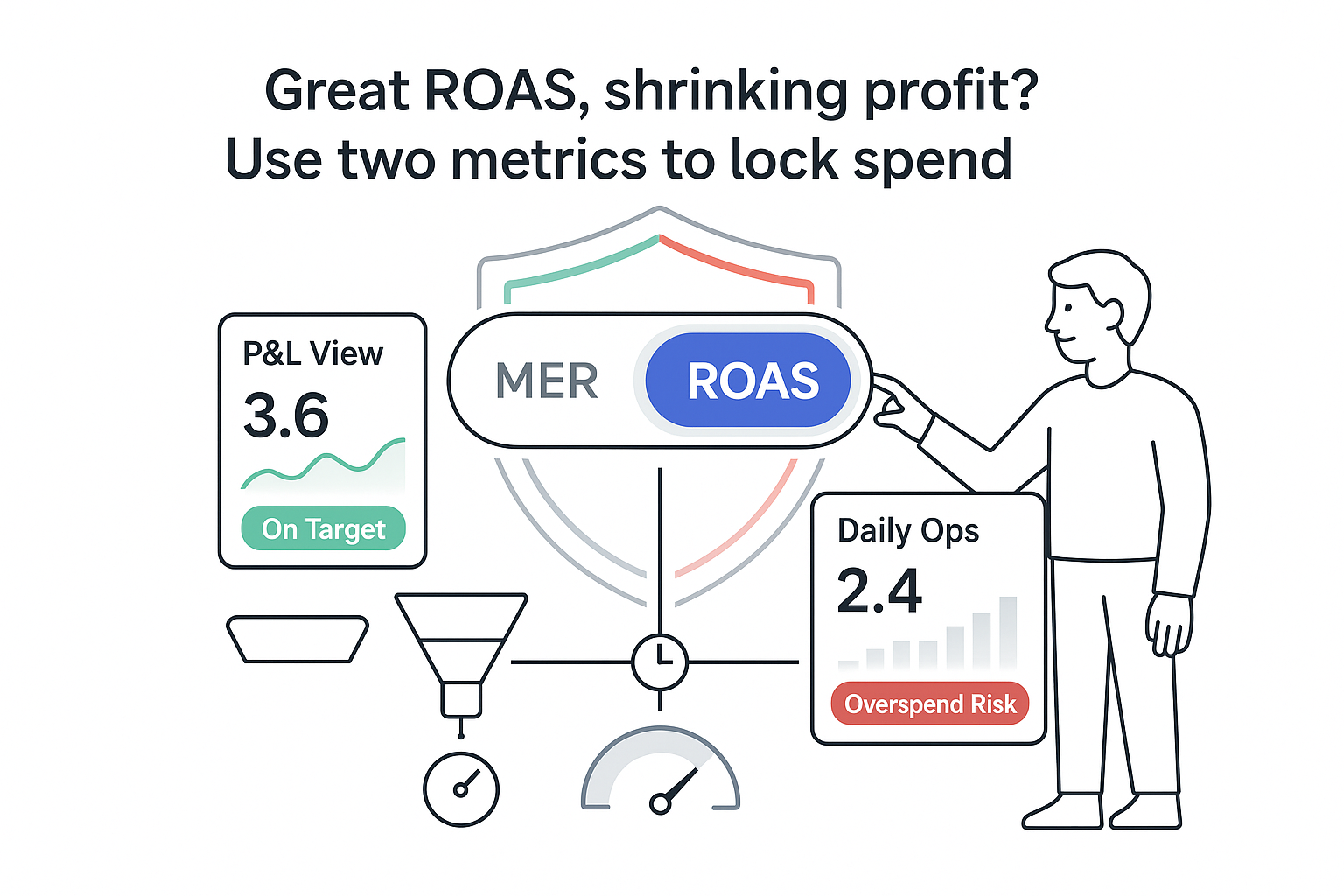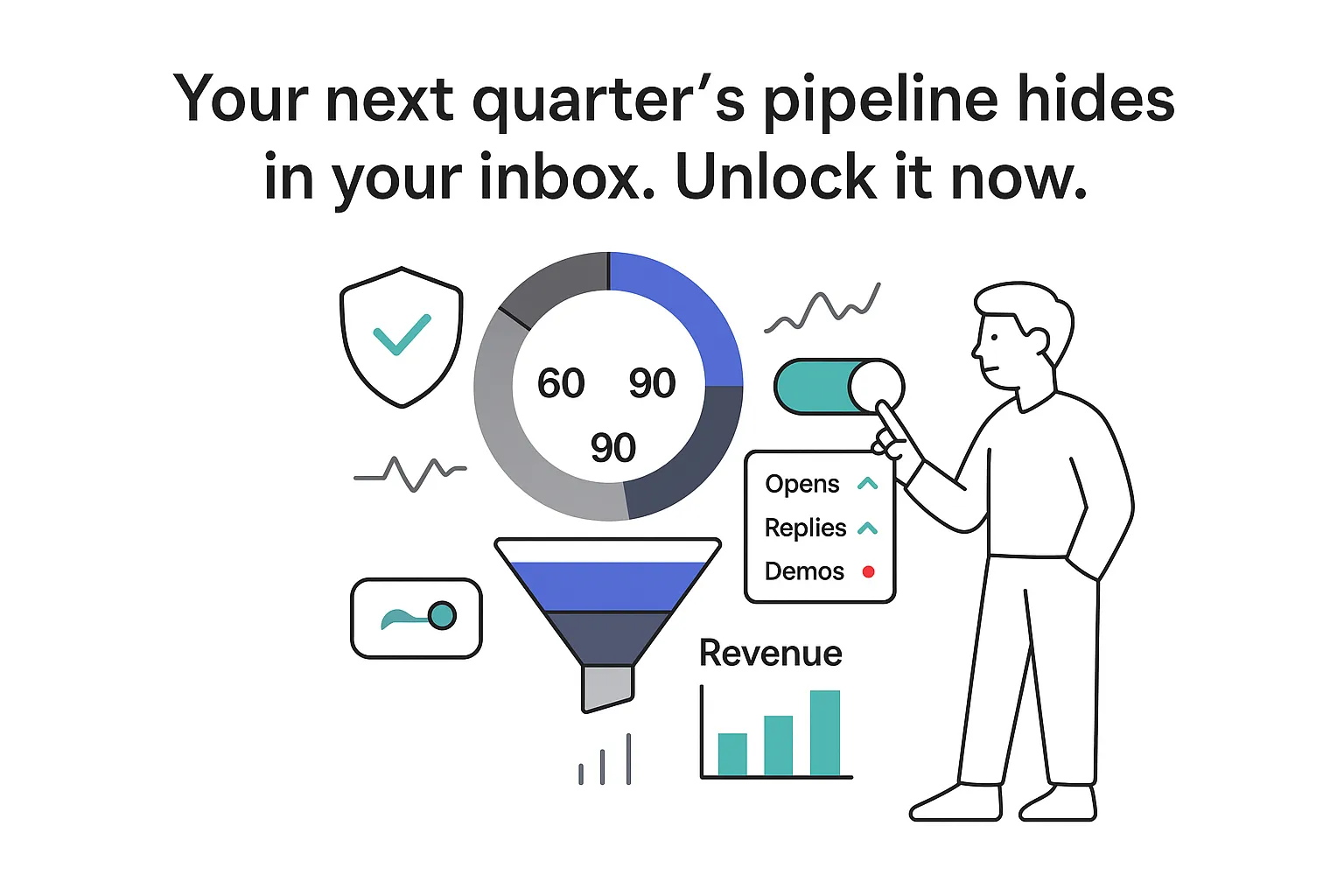Choosing the right Google Ads bidding strategy for a long B2B funnel
When I run paid search for B2B service firms, the question is simple: how do I bring in more qualified leads at a stable cost without burning hours? The lever is matching the bidding strategy to my data, sales cycle, and goals. The way to avoid guesswork is to set clear decision rules: start with control when data is thin, then let automation scale once tracking and signal quality are solid. This guide moves quickly from what each strategy does to when it is the right pick for a long B2B funnel.
Manual vs automated: how I decide and when I switch
Here is how I compare them in B2B lead gen:
- Control: Manual wins early. I set bids and caps per keyword. It is ideal for tests and brand terms.
- Data needs: Automation needs steady conversions and clean tracking. Manual needs less data but more time and vigilance.
- Ramp time: Manual changes take effect instantly. Automation needs a learning period and resets after big edits.
- CPL stability: Automation wins on stability once volume is healthy. Manual is often spiky during testing.
- Lead quality: Automation improves with offline conversions and value rules. Manual helps gate quality when data is thin.
Learning periods and useful thresholds I use:
- Target CPA and Max Conversions tend to work best after roughly 30 recent conversions per campaign or portfolio.
- Target ROAS and Max Conversion Value usually need 50+ value-tagged conversions in the last 30 days.
- Large edits trigger a new learning phase. I plan for 7-14 days of volatility.
Automated vs Smart Bidding in plain words:
- Automated is the umbrella (optimizes for clicks, impressions, views, or conversions). Google and According to Google, it adjusts bids to meet your chosen objective.
- Smart Bidding is the conversion-focused subset (Max Conversions, Target CPA, Max Conversion Value, Target ROAS) that sets bids at auction time using signals like device, audience, and query. See Google smart bidding, the main smart bidding strategies, and the list of signals used at auction time.
Keep a quick mental model of the auction: each search triggers an auction where Ad Rank = your bid × Quality Score, adjusted by context. Your actual CPC is usually lower than your max and depends on the next advertiser’s Ad Rank and your Quality Score. Better ad relevance, CTR, and landing page experience lower your cost for the same position.
Smart Bidding for long cycles: rules that protect lead quality
In long B2B funnels, lead count means little without lead quality. I hardwire quality into Smart Bidding with:
- Offline conversion imports from the CRM: I pass milestones such as MQL, SQL, meeting held, proposal, and Closed Won using GCLID or enhanced conversions for leads. That gives Google the right “success” to optimize toward.
- Conversion value rules: I weight high-value segments (target industries, geos, devices, or audiences) so the system favors searches that close at higher rates.
- Primary vs secondary conversions: I keep revenue-predictive actions as primary (e.g., SQL or “consult booked”) and track softer actions as secondary (e.g., content downloads).
When I avoid Smart Bidding:
- New accounts with under ~15-20 conversions per month per campaign.
- When tracking is incomplete or I cannot tie leads to sales-qualified outcomes.
- If I cannot import offline outcomes within a reasonable window (e.g., 30-90 days).
Match goals to strategies and metrics that matter
I map the goal first, then pick the bidding method and metrics that reflect how the business sells.
Goal-to-strategy map I use:
- Testing markets to learn fast: Maximize Clicks with a CPC cap, then shift to Max Conversions once tracking is clean.
- Qualified pipeline value when I know my ICP: Target CPA on a qualified conversion (e.g., SQL) or Target ROAS with CRM values.
- Awareness and brand coverage: Target Impression Share for brand and critical head terms; CPM or vCPM on Display/YouTube for reach.
- Coverage for high-intent actions (demos, consults): Max Conversions or Target CPA, optimized to the conversion that best predicts revenue.
Metrics that actually move decisions in B2B:
- SQLs and meeting-booked rate by campaign and keyword theme.
- Pipeline value by source and by bid strategy.
- ROAS based on LTV or first-year revenue, not just initial invoice.
Strategy-by-strategy guidance in plain English
Manual CPC
- Best when I need tight control and have low data. I set keyword or ad group bids and use device, audience, and schedule adjustments.
- Pros: Precise control, instant changes, clean testing by intent.
- Cons: Time-intensive, hard to scale, can miss high-potential auctions.
- Example: I launch exact/phrase on 8-12 high-intent themes with a hard CPC cap to learn queries and protect CPL.
Enhanced CPC (eCPC)
- What it does: Sits atop Manual CPC and nudges bids up or down when a conversion looks more or less likely.
- When I enable it: After I have some conversion history and reliable tagging, as a bridge to full automation.
- Watchouts: Keep device and audience adjustments conservative, and monitor CPC and CVR weekly for drift.
Maximize Conversions
- What it does: Drives the highest number of conversions for the budget - fast ramp for discovery or PMax support that feeds Search.
- What it needs: Accurate primary conversion tracking, otherwise quality drifts.
- Guardrails: Negative keywords, audience exclusions, clear ICP signals, and separate brand vs non-brand.
Target CPA (tCPA)
- What it does: Aims to hit or beat a target cost per action.
- How I set a starting target: I pull the last 30-90 days’ CPA for the same conversion and start around 0.9× to 1.1× of that average depending on aggressiveness.
- B2B tip: Import offline milestones (SQL, meeting held) and optimize to that qualified conversion. Expect a short learning period.
Maximize Conversion Value (MCV)
- What it does: Maximizes total conversion value within the budget - ideal when not all leads are equal.
- How I set values: Map milestones to values (e.g., SQL = 500; proposal = 1,000; Closed Won = actual revenue) and use value rules for high-intent geos or industries.
Target ROAS (tROAS)
- What it does: Connects spend to revenue by aiming for a specific return (e.g., 400%).
- What it needs: Precise value tracking and sufficient volume (think 50+ value-carrying conversions in the last month).
- Long-cycle note: Add interim values for dependable mid-funnel signals and layer Closed Won later - use longer conversion windows.
Maximize Clicks
- Best for market scans and keyword discovery with a max CPC cap.
- Pitfalls: Clicks ≠ qualified leads. Move to Max Conversions or tCPA once you have signal.
Target Impression Share
- Purpose: Protect brand terms or maintain presence on critical head terms.
- Tips: Use top-of-page or absolute-top only when strategically necessary - you rarely need 100% share.
- Cost risk: CPC can spike on competitive terms, so review search term quality weekly.
CPM, vCPM, and CPV
- CPM: Pay per thousand impressions - good for awareness, category education, launches, or event coverage.
- vCPM: Pay only for viewable impressions - useful for executive audiences where on-screen exposure matters.
- CPV: Pay for video views - good for mid-funnel assets (case study walkthroughs, explainers). Open with a clear hook in the first 5 seconds and point to a focused landing page.
Portfolio bid strategies
- What they do: Share a single strategy or target across campaigns to speed learning and keep guardrails consistent. See Google’s portfolio bid strategy overview.
- When I group: Similar intent and similar CPA or ROAS goals with comparable budgets. I avoid grouping brand with non-brand or expensive geos with cheap ones.
- Guardrails: Set min or max CPC limits if available, and split out outliers that drag the group.
Device behavior that matters and how I adjust for mobile
B2B often clicks on mobile and converts on desktop. For context, studies show a high share of Google interactions happen on mobile devices, such as 61.9% of Google user interactions. My adjustments differ by bid type.
Manual and Enhanced CPC
- I use device bid adjustments to nudge bids by device. Common pattern: mild downweight on mobile for bottom-funnel terms, neutral or slight upweight for early content.
- I analyze device by funnel stage: early content often performs on mobile, while demo or consult requests skew desktop.
Smart Bidding
- I do not set device adjustments, but I use device value rules when the data shows different close rates by device.
- I review device reports for the primary conversion and for offline-qualified milestones. If mobile leads close at a different rate, I adjust value rules.
Practical cues I rely on:
- If mobile brings good leads but fewer form fills, I test click-to-call extensions during business hours, shorten forms, and rework above-the-fold for small screens.
What is better right now: a quick decision path and realistic timelines
My four signals are data volume, tracking maturity, budget, and urgency. Here is how I choose:
- Under ~30 conversions per month and basic tracking: Start with Manual CPC or Enhanced CPC, build negatives, and improve tracking first.
- 30-100 conversions per month with reliable tagging: Move non-brand to Max Conversions for 2-4 weeks, then switch to Target CPA on a qualified conversion (e.g., SQL). Brand stays on Target Impression Share if you need protection.
- 100+ value-carrying conversions per month with CRM imports live: Run Max Conversion Value on discovery and Target ROAS on high-intent campaigns, with value rules by industry and device. Add broad match only with strong audience signals and clean tracking.
Timelines to a stable CPL I plan for:
- Manual or Enhanced CPC: stable within days, but they need weekly care.
- Max Conversions: typically settles after 7-14 days.
- Target CPA or Target ROAS: often 2-4 weeks to stabilize, longer if the sales cycle is long.
Case snapshot for context:
- In one B2B IT services account spending about $18K per month on Manual CPC across ~400 keywords, the team captured ~200 form fills at a $90 CPL, but only ~15 were qualified. After cleaning conversion tracking, importing “qualified lead” from the CRM, and moving discovery campaigns to Target CPA at $140, the account generated ~160 qualified leads in 45 days at a ~$135 CPL. Fewer junk leads, stronger pipeline.
Bidding practices that consistently improve outcomes
- Nail conversion setup: keep one primary action that predicts revenue, and log softer actions as secondary. For fundamentals, see Understanding & Troubleshooting Google Ads Conversions.
- Import offline conversions (SQL, meeting held, proposal, Closed Won) using auto-tagging and captured GCLIDs or enhanced conversions.
- Shift to value-based bidding once you can assign real values. Apply conversion value rules to weight high-value segments.
- Layer audiences: in-market, custom segments built from top URLs and keywords, and customer lists (for similar prospecting).
- Pair broad match with Smart Bidding only when tracking is clean and volume is adequate. Start with a controlled set of high-intent concepts.
- Plan for seasonality: use bid strategy adjustments during known peaks or dips.
- Run Experiments to validate a new strategy against your control, and run them long enough to exit learning.
- Manage learning carefully: avoid large, frequent edits. Change budgets in smaller steps and bundle edits on the same day.
- Maintain a strong negative keyword list: review search terms weekly and remove research queries that never convert.
- Separate brand from non-brand campaigns and report on them separately to protect brand while pushing growth elsewhere.
If I need reference docs while setting this up, I rely on Google for Smart Bidding, Google for automated bidding, and CRM or GTM documentation for form tracking and revenue syncs.







.svg)